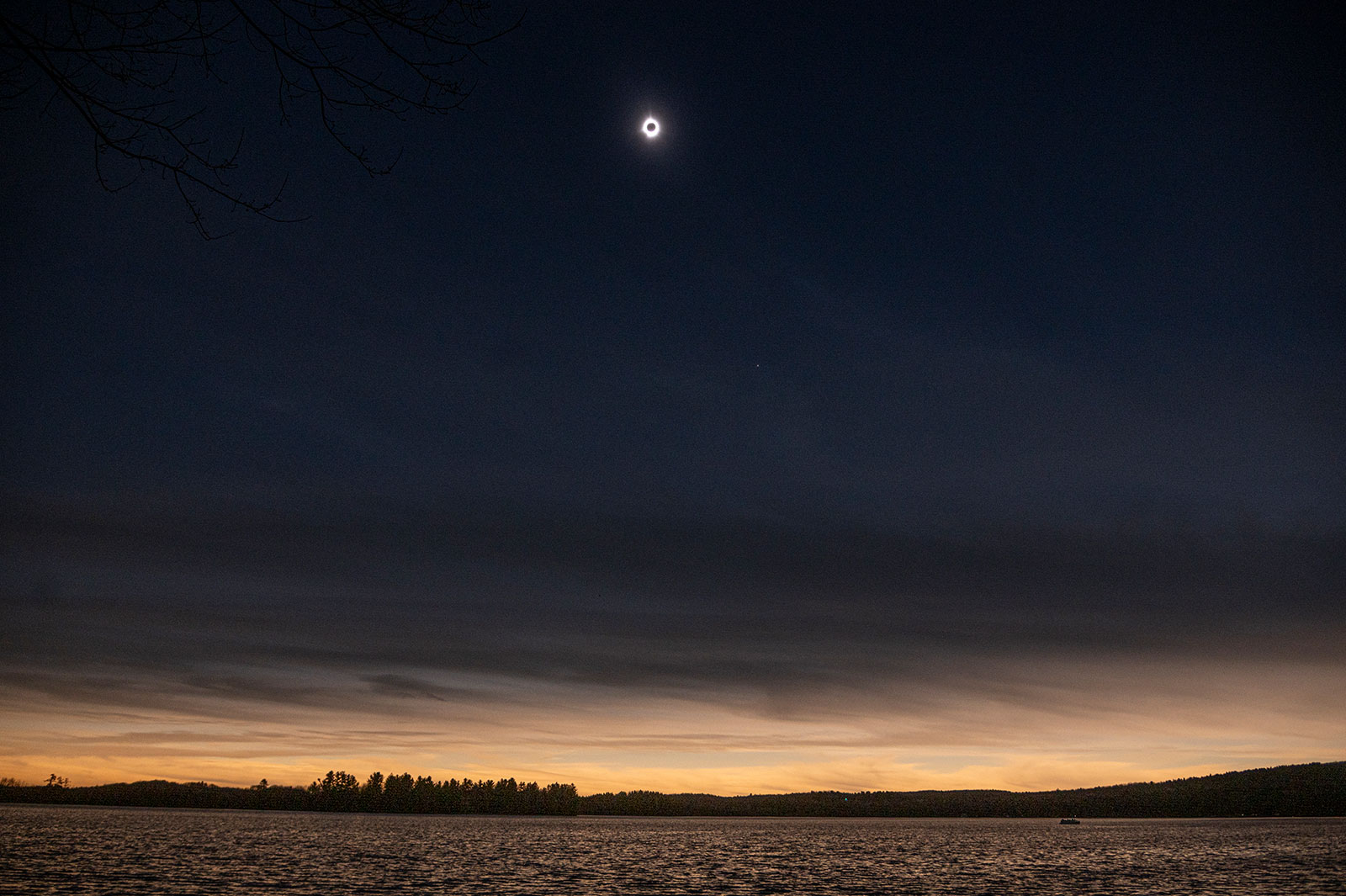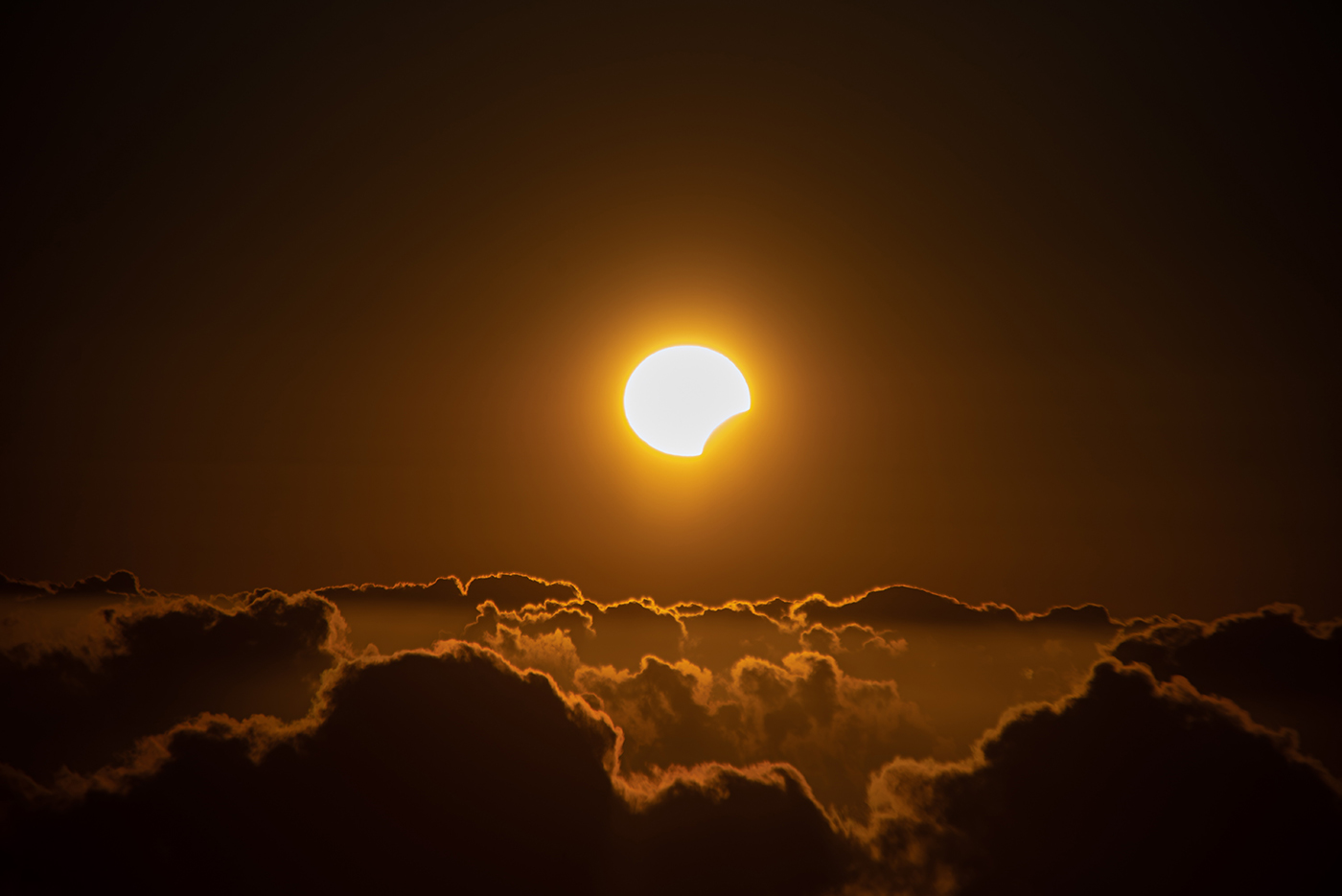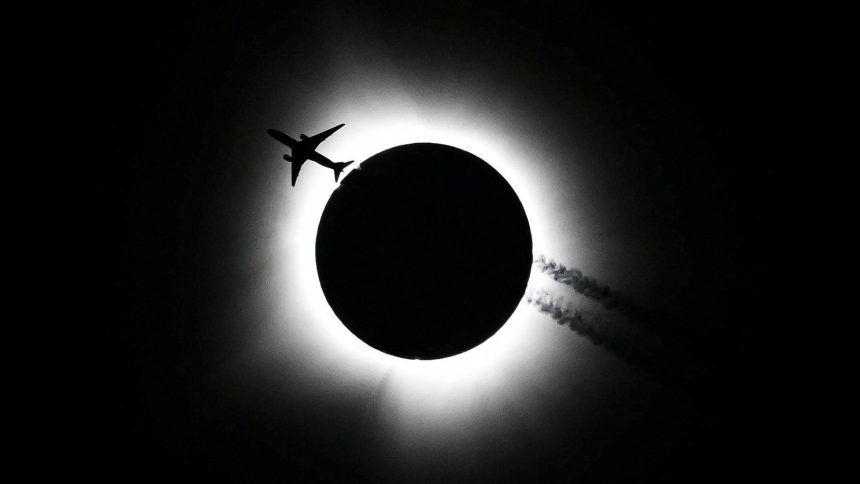Millions of people across Mexico, the US and Canada looked to the skies on Monday to witness a total solar eclipse carve a narrow path of darkness across the continent.
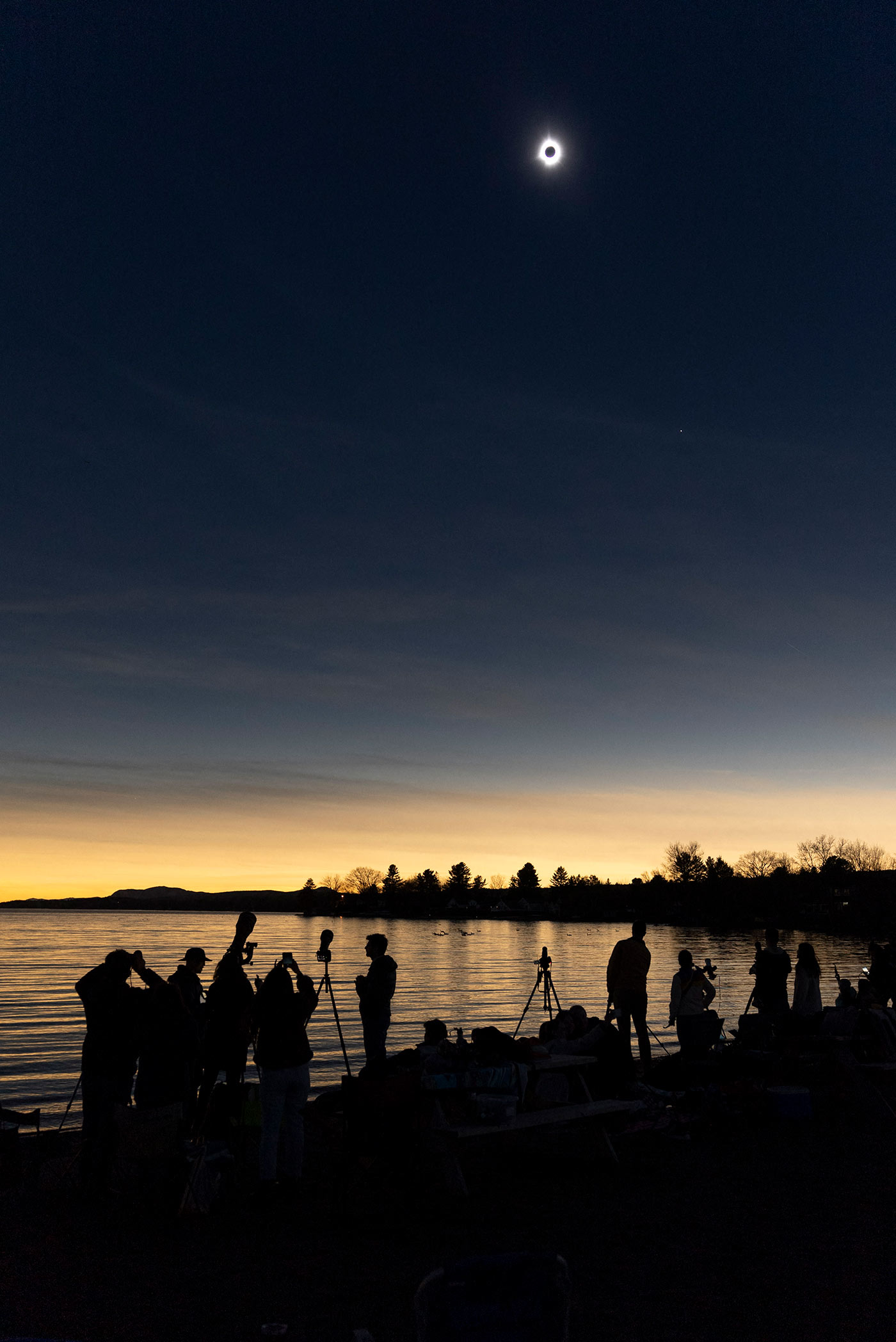
Its shadow first touched the surface of the Earth in the Pacific Ocean before travelling across Mexico, turning daylight into darkness as crowds watched on.
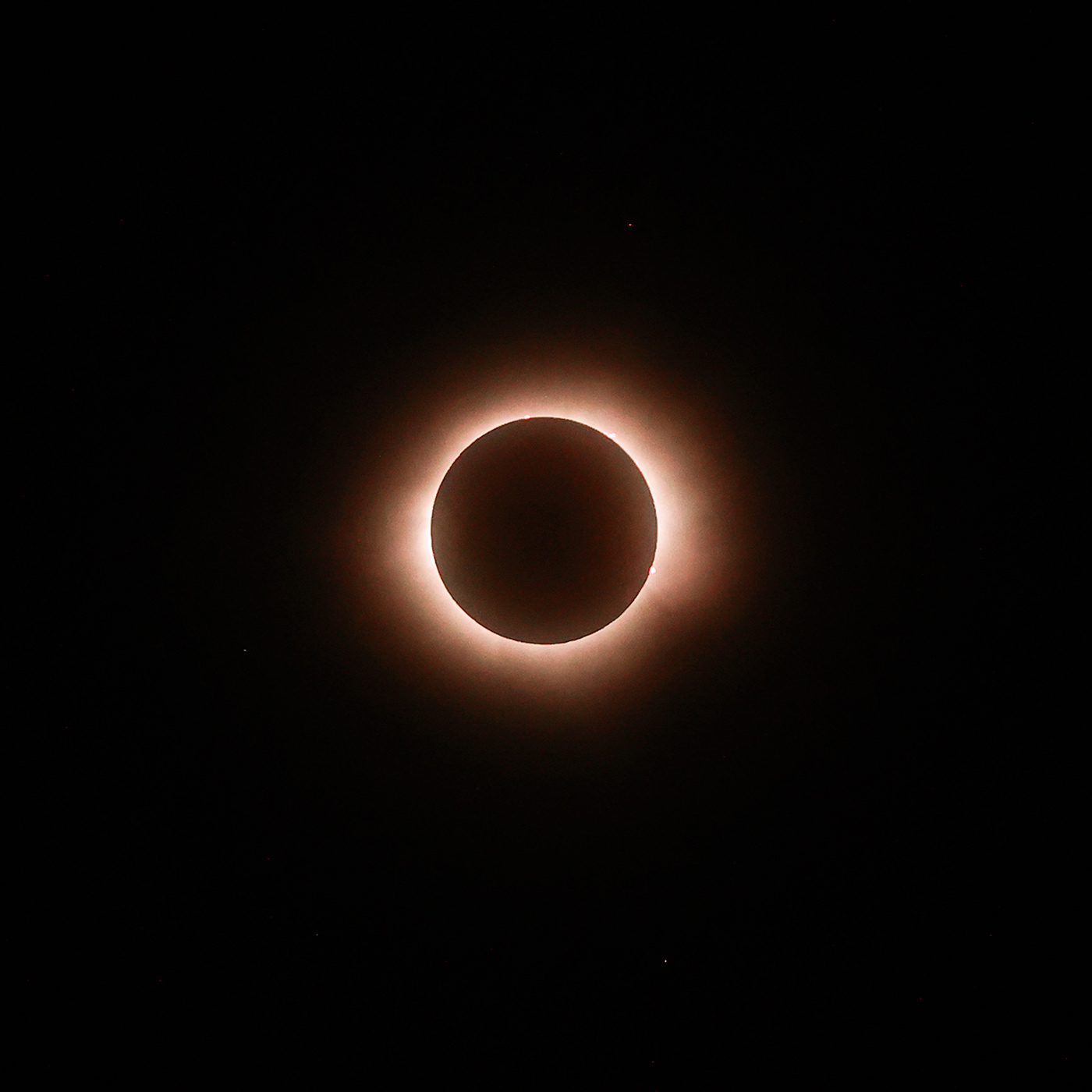
The eclipse rolled over the border into the US and brought darkness to large areas of Texas, including the cities of Austin and Dallas.
Total solar eclipses happen about every 18 months, but they’re often in unpopulated or remote areas whereas this one passed over several big cities across three countries.
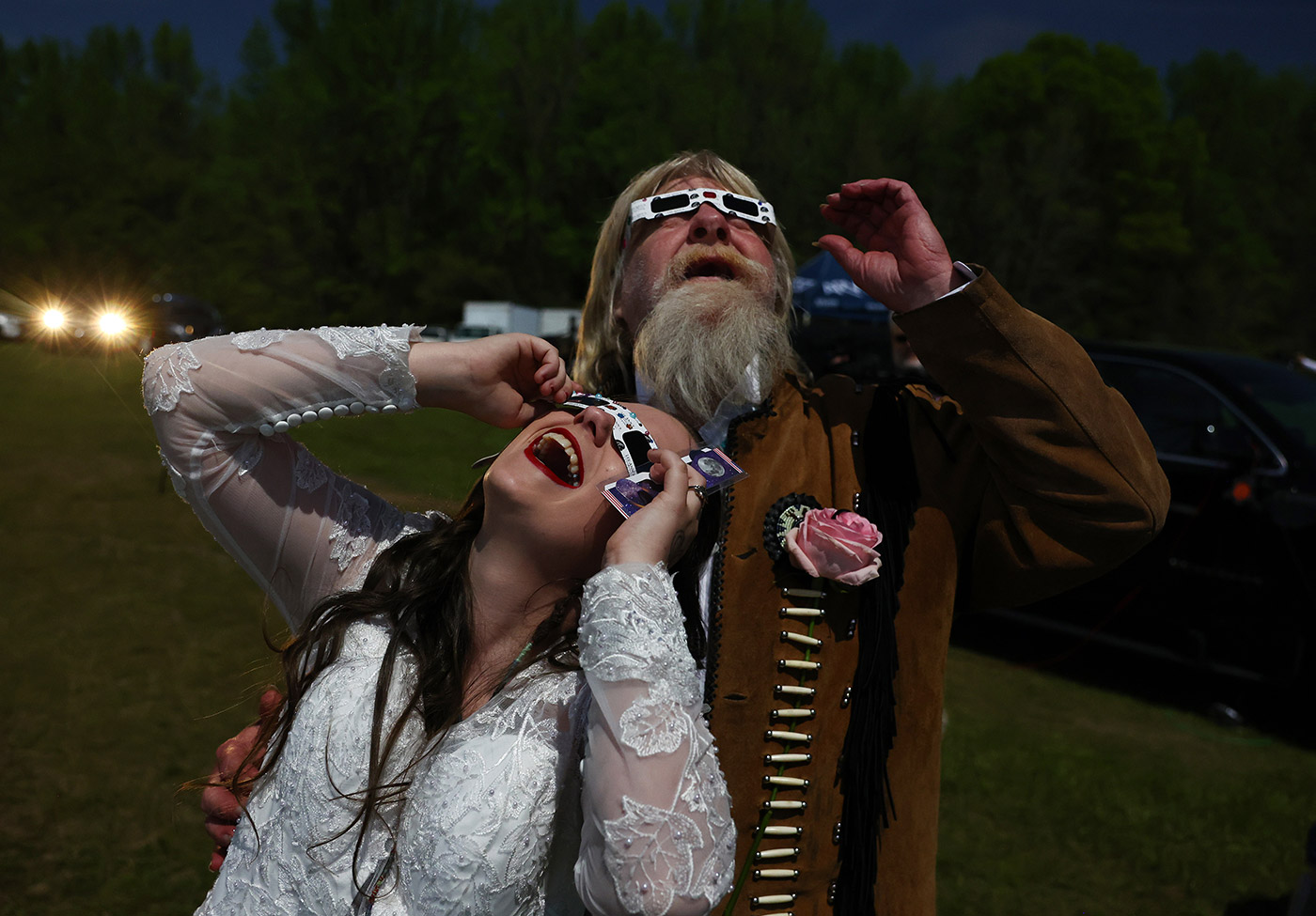
While neither Washington DC nor New York City were in the path of totality, both saw about 90% of the Sun covered by the Moon and plenty of people took to the streets – and skyscrapers – to catch a view.
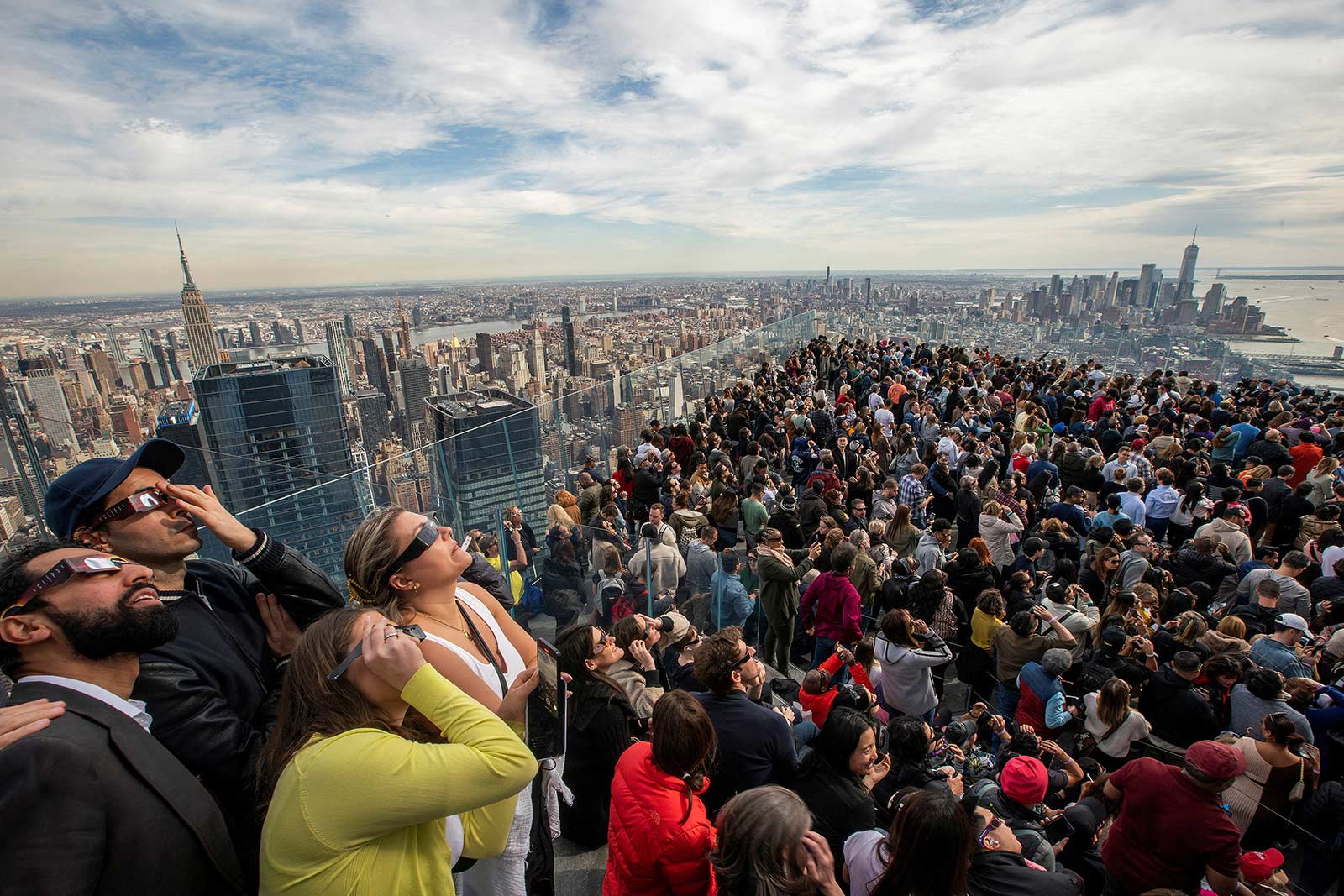
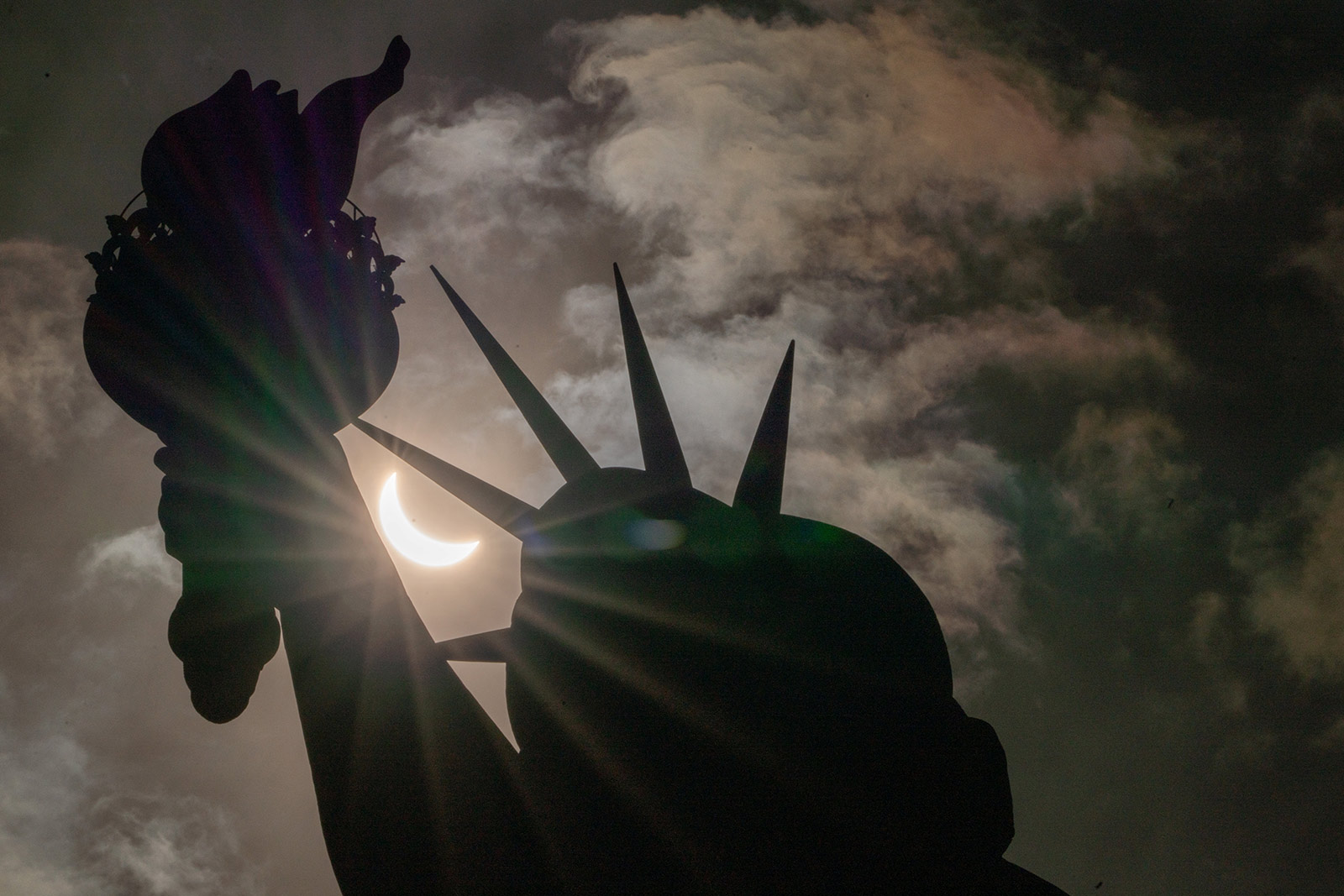
Many of those watching were treated to a breathtaking display of the Sun’s outer atmosphere, or corona, which is usually obscured by its own intense glare.
Some were even lucky enough to see a phenomenon called solar prominences extending from the Sun while it was behind the Moon.
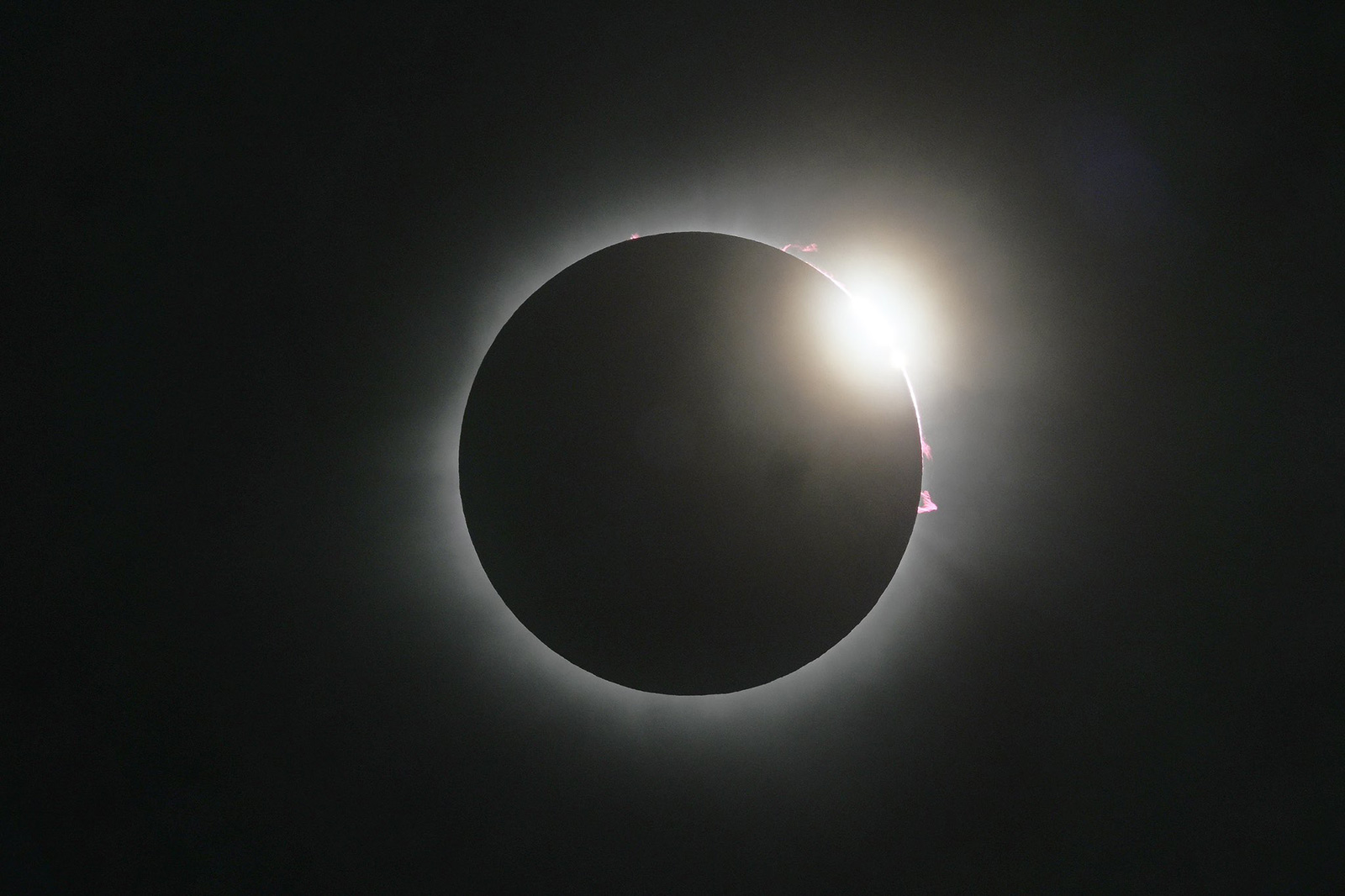
Stargazers in Canada were the last ones to catch a glimpse of the incredible event before the eclipse crossed into the Atlantic Ocean and out of view.
